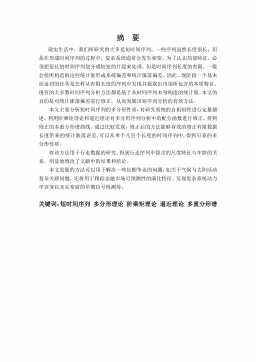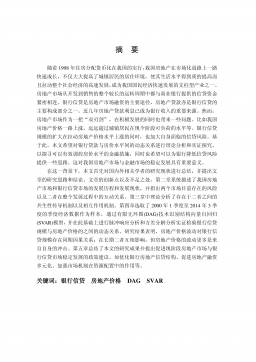中国沪深300股指期货研究
摘要中国沪深300股指期货虽只运行短短四年,但对我国资本市场的发展却具有重大意义,所获成就有目共睹,其成立是对中国金融市场多空交易机制的进一步完善。通过理论分析与实证分析相结合,重点研究了中国股指期货市场的多重分形特性,价格预测,股指期货与现货市场的关系等问题。一、通过应用MF-DFA法对我国股指期货市场进行了多重分形和市场风险研究。结合多重分形谱模型,最终研究结果表明中国股指期货的收益率具有长相关性和多重分形性。期货价格的波动性不能由一个单一的标度指数描述。进一步通过将原始序列和转换后的收益序列进行比较,发现虽然厚尾概率分布对多重分形特性产生了一定程度的影响,但中国股票指数期货市场的多重分形...
相关推荐
-
USST_Arts_112480743自动生产线的同步维修模型及案例分析VIP免费
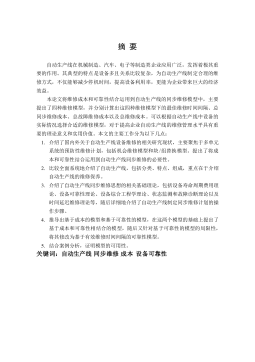
 2025-01-09 14
2025-01-09 14 -
USST_Arts_112480745基于供需网特征理念的企业间关系状态研究VIP免费
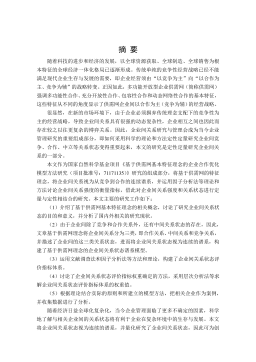
 2025-01-09 15
2025-01-09 15 -
USST_Arts_112480756 我国城镇化与能源消费结构间关系的研VIP免费

 2025-01-09 20
2025-01-09 20 -
USST_Arts_112490763 企业创新型团队社会网络、知识管理过程及团队创造力关系研究VIP免费
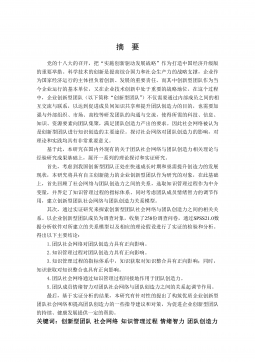
 2025-01-09 13
2025-01-09 13 -
USST_Arts_112490769创新团队执行力影响因素分析VIP免费

 2025-01-09 16
2025-01-09 16 -
USST_Arts_112070649基于团队自反性的科技型企业TMT特征对企业绩效的影响研究VIP免费
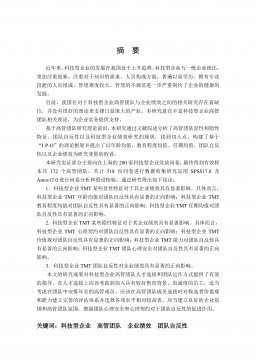
 2025-01-09 19
2025-01-09 19 -
TR公司工业机器人市场发展战略研究VIP免费
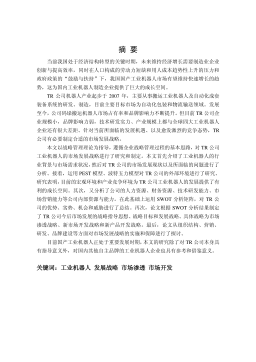
 2025-01-09 24
2025-01-09 24 -
二氧化碳套管式气冷器的研究VIP免费
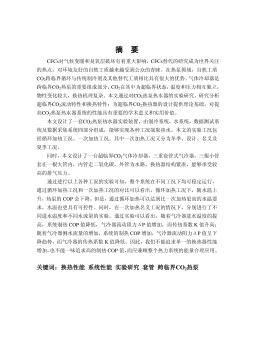
 2025-01-09 17
2025-01-09 17 -
非共沸混合物在微通道水平单管内流动沸腾特性VIP免费
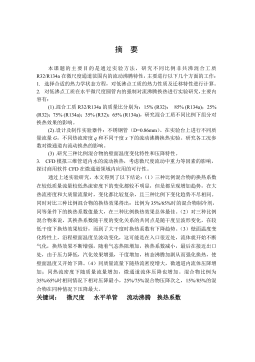
 2025-01-09 75
2025-01-09 75 -
基于MRO的连铸辊维护管理系统研究VIP免费
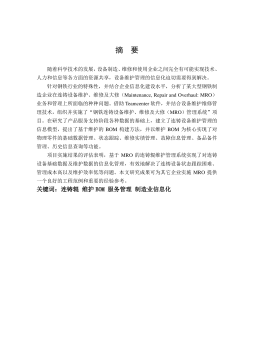
 2025-01-09 11
2025-01-09 11
相关内容
-

USST_Arts_112070649基于团队自反性的科技型企业TMT特征对企业绩效的影响研究
分类:高等教育资料
时间:2025-01-09
标签:无
格式:PDF
价格:15 积分
-

TR公司工业机器人市场发展战略研究
分类:高等教育资料
时间:2025-01-09
标签:无
格式:PDF
价格:15 积分
-

二氧化碳套管式气冷器的研究
分类:高等教育资料
时间:2025-01-09
标签:无
格式:PDF
价格:15 积分
-

非共沸混合物在微通道水平单管内流动沸腾特性
分类:高等教育资料
时间:2025-01-09
标签:无
格式:PDF
价格:15 积分
-

基于MRO的连铸辊维护管理系统研究
分类:高等教育资料
时间:2025-01-09
标签:无
格式:PDF
价格:15 积分


